

|
|
 |
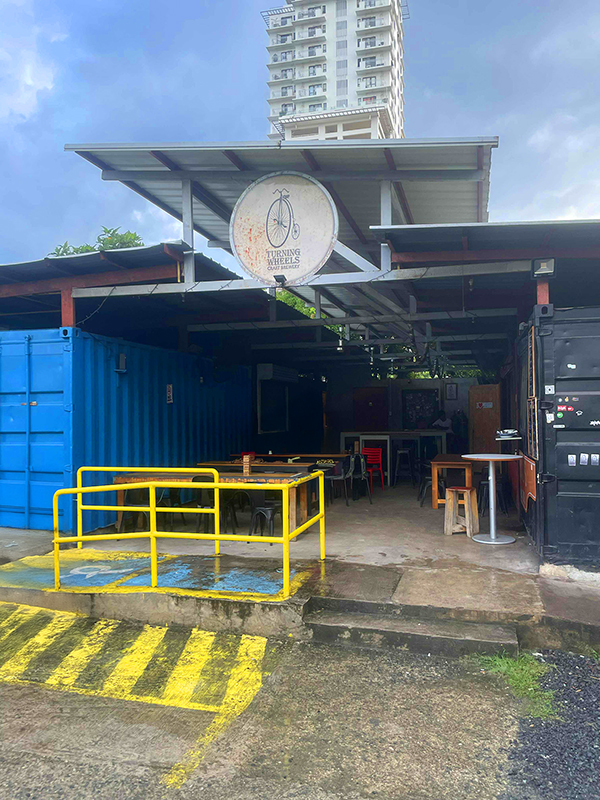 |
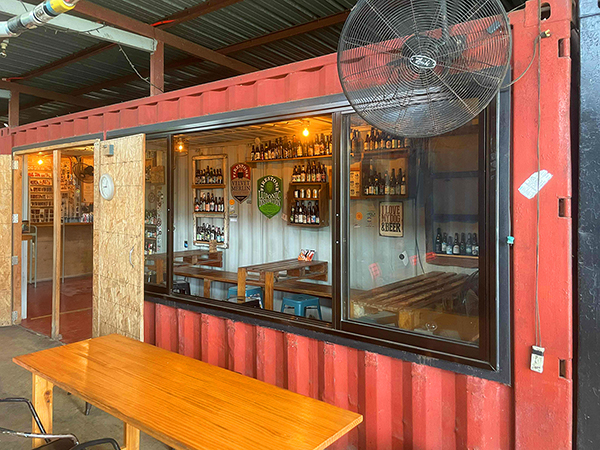 |
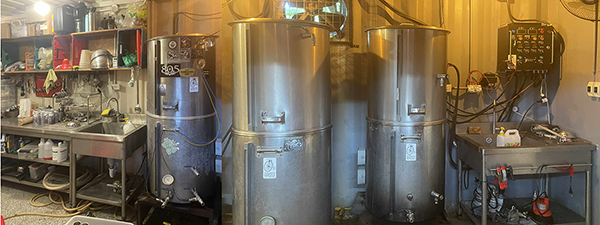 |
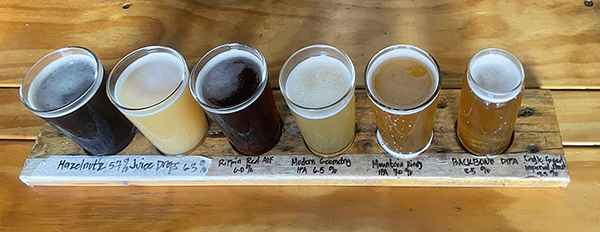 |
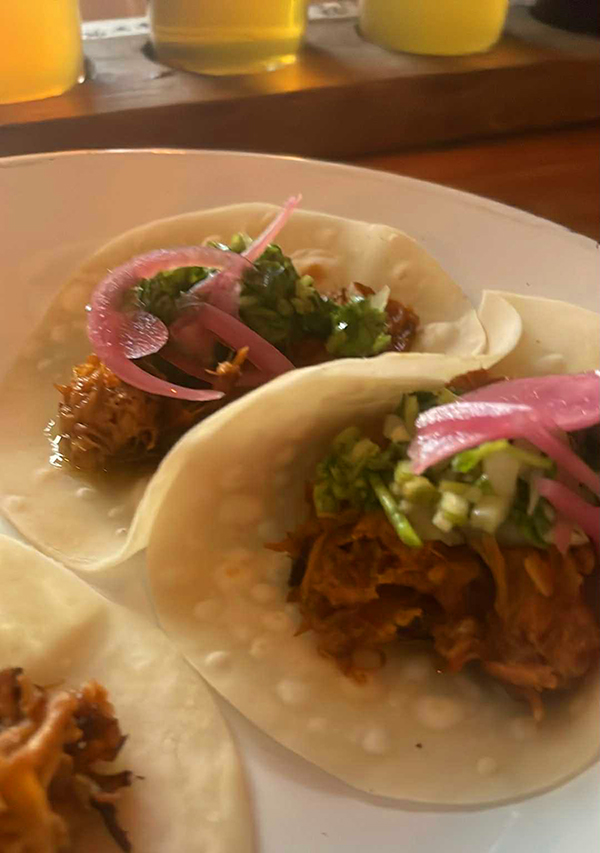 |
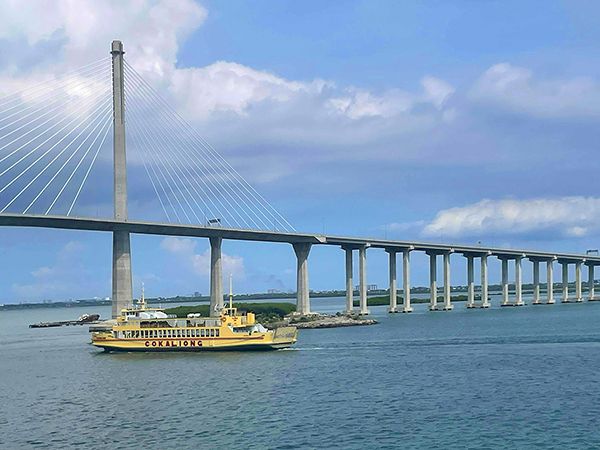 |
|
October 5-7, 2025 Marti Eicholz While we were commemorating our first anniversary on Tuesday, September 30, 2025, aboard the Odyssey, a powerful magnitude 6.9 earthquake with more than three hundred aftershocks within six hours struck the island of Cebu, Philippines. This earthquake caused by a fault that has not moved in four hundred years. The impact was immediate and dramatic, homes shook violently, sending frightened residents pouring into the streets. Buildings swayed precariously, infrastructure suffered extensive damage, and widespread power outages plunged neighborhoods into darkness. Tragically, over seventy-two lives were lost, more than five hundred sixty people injured, and thousands displaced. Among the casualties, a historic stone church sustained severe structural damage, and a McDonald’s fast-food restaurant collapsed. Authorities urged families living in coastal areas to evacuate as a precaution. Many residents continued to stay outside their homes, fearful of the persistent aftershocks (2800 as of October 3rd). In response to the devastation, Cebu, under a state of calamity, reflects the seriousness of the crisis and the urgent need for relief and recovery efforts. The Odyssey made its arrival in Cebu, Philippines, marking a memorable and heartfelt occasion for everyone on board. Despite the recent earthquake that shook the region, the people of Cebu welcome us with incredible warmth, open arms, and unwavering hospitality. Their spirit of resilience in the face of adversity, along with their kindness and generosity, leaves a profound impression on all of us. We are deeply touched and immensely grateful for the overwhelming and unforgettable reception we receive from the community. In recognition of the challenges faced by Cebu’s residents, The Odyssey’s residents—guided by our commitment to Global Harmony—will be actively assisting in the days ahead. We are dedicated to supporting both our crew members, their families, and the broader local communities affected by the disaster. Through various aid initiatives and collaborative efforts, we hope to provide meaningful relief and express our sincere appreciation for the extraordinary welcome and solidarity shown to us. Thank you, Cebu, for inspiring us with your strength and compassion. Cebu is known as a narrow, elongated island distinguished by its rolling hills and rugged mountain ranges that run along its spine, bordered by small plains on either side. Located in the central region—the heart—of the Philippines, Cebu experiences a tropical climate, alternating between wet and dry seasons. Its rich history reaches back to ancient settlements, and it holds the distinction of being the first Spanish settlement in the country. The province is densely populated, with Cebu City as its bustling capital, home to over 965,000 residents from diverse ethnic backgrounds. As the commercial and cultural center, Cebu City serves as the primary hub of commerce for the Visayas region and is recognized as the country's second most important city. Affectionately called the “Queen City of the South,” Cebu City is not only the oldest city in the Philippines but also a significant historical capital. It has evolved into a global center for business processing services, furniture manufacturing, and heavy industry. The city’s storied past includes the arrival of Ferdinand Magellan in 1521, an event that heralded the introduction of Christianity to the Philippines. Cebu, regarded as the cradle of Christianity in the country, offers a profound sense of heritage and spirituality, particularly at cultural landmarks such as Magellan's Cross. This historic site marks where Ferdinand Magellan, a Portuguese, in 1521 planted a cross. The cross, symbolizing the beginning of Christianity in the Philippines, is revered by many for its supposed miraculous healing powers, making it a cherished relic. Nearby, the Santo Niño Church stands as another iconic site, connecting you to centuries of faith, devotion, and tradition embedded in Cebu’s vibrant culture. Immerse yourself in the breathtaking beauty of Cebu, where adventure and relaxation intertwine seamlessly. Admire the multi-tiered turquoise waters of Kawasan Falls, an iconic destination perfect for thrill-seekers eager to try canyoneering amidst the stunning jungle scenery. The Cebu Safari & Adventure Park invites you to discover an impressive array of wildlife and meander through its expansive natural landscapes, making it a paradise for nature enthusiasts and each visit a thrilling exploration. Unwind on the powdery white sands of Sumilon Island, renowned for its crystal-clear waters and vibrant marine life that make it a favorite among snorkelers and divers. Delve into Cebu’s rich history by visiting Fort San Pedro, a well-preserved Spanish colonial fortification in the heart of Cebu City and marvel at the fascinating, intricate architecture and soak in sweeping views of the city from the distinctive Taoist Temple, which also offers a glimpse into the spiritual traditions of the local community. Experience the “Sardine Run.” Sardine balls in Cebu, specifically at Moalboal, are a natural phenomenon called the "sardine run" where millions of tiny sardines that move in a single, undulating cloud, forming a massive, dense "bait ball" to confuse predators, creating a breathtaking and nearly permanent underwater spectacle visible to divers and snorkelers. Divers and snorkelers describe the experience as breathtaking, with the shimmering, silvery bodies of the sardines creating a mesmerizing underwater disco or a glistening cloud. The sardines move in a unified mass, constantly changing shape, direction, and speed. The dense schools can block out sunlight, making it feel like entering another realm. This swirling, silvery mass of fish performs synchronized movements just yards from shore, providing a dynamic display of nature's power and an incredible opportunity to see the sardines in their natural habitat. No visit to Cebu is complete without savoring its culinary delights, especially the world-famous lechon (roasted pig) and sweet dried mangoes. For those yearning for tranquility, Cebu reveals its hidden gems—like the ethereal “Silver Rain” effect at Tumalog Falls and the quiet splendor found along less-traveled roads, offering moments of peaceful reflection away from the crowds. Beyond its natural wonders, Cebu also thrives as a center for artistic expression and innovation. It’s celebrated for its traditional crafts, masterful guitar-making, and as a dynamic hub in the IT outsourcing industry, delivering a unique blend of urban energy, creative spirit, and historical significance. The city comes alive each year during the Sinulog Festival; an exuberant religious and cultural event held every third Sunday of January to honor the Santo Niño (Child Jesus). This festival is distinguished by its vibrant street dances featuring the signature two-step-forward, one-step-backward “Sinulog” movement, dazzling costumes, colorful parades with ornate floats, rhythmic drumming, and city-wide celebrations. It beautifully merges deep religious devotion with a spirited display of Cebuano heritage, reflecting how Christianity has been woven into local traditions. Cebu inspires a profound sense of wonder through its awe-inspiring landscapes, storied past, and the heartfelt hospitality of its people. Whether you’re seeking the serene calm of untouched beaches and majestic waterfalls, a spiritual journey through centuries-old churches, or the rush of adventure sports, Cebu offers an experience that is both exhilarating and deeply meaningful. The island masterfully balances the vibrancy of urban life with the tranquility of nature. We leave Cebu with memories of a truly remarkable and unforgettable journey. |
|
Copyright © 2025 All rights reserved |